Home and small office networks are simple. You only need a few main network devices to create a capable, secure network at home or in the office. However, if you don’t have any experience with networks, it can feel daunting to jump from your ISP-provided hub to a multi-device network with unfamiliar components. If you can understand these components and their roles, things become a lot clearer.
The Network Router
Your router is the device that connects your home network to the internet at large. Without a router, your network would be completely local, and it would not be able to interact with the internet at all. In essence, a router is a device that connects different networks, while a network switch (which we’ll cover shortly) connects different devices on a single network.
Network routers can be wired devices that plug directly into a modem, or they can be wireless, offering more flexibility and portability.
As it is the key link between your internal network and the external world, your network router also acts as the first line of defence against unwanted intrusions or other attacks. The router will house security services like a firewall to monitor incoming web traffic and stop any malicious activity from penetrating your network.
If you’re just getting started, we’d recommend the UniFi Dream Machine. This beloved product from Ubiquiti is super easy to set up with a smooth adoption process and, when you’re ready, advanced functionality is there if you want to tweak any of your network’s more advanced features.
Combining a powerful wireless access point, 4-port gigabit switch and router technology with built-in firewall capabilities, this product does it all.

The Network Switch
A network switch is a device that hardwires together various devices on a single network. These could include computers, printers, access points, phones, servers, or any other type of hardware. Hardwiring these devices together has several advantages versus using WiFi.
Firstly, without a network switch, you’re limited to the range and throughput capabilities of your wireless router. If your router doesn’t also act as a wireless access point, then you’ll have to hardwire into it somehow anyway. Since a single router can’t have an infinite number of ports, network switches are needed to provide those ports.
Plus, a PoE (Power over Ethernet) switch will provide power to your devices without the need for power supplies. Since they can be positioned anywhere on the premises, PoE switches make it easier on multiple fronts to install power-hungry devices like IP cameras which need to be installed in tricky, remote locations that are often far from power outlets and ethernet ports.
Switches can vary in the number of ports, maximum throughput, PoE budget and other features, so it’s worth doing the work to figure out exactly what your needs are to maintain the quickest and most efficient network possible.
The Unifi Dream machine’s four gigabit ports do not offer PoE, so adding in a couple of switches like the US-8-60W, an 8-port managed gigabit switch with 60W of PoE budget, also from Ubiquiti, will work wonders at expanding your network.

The Wireless Access Point
Wireless access points broadcast wireless network SSIDs for your devices to connect to. They connect to the router by network cable (frequently via a network switch) and provide the WiFi signal for a specific area.
This also allows for your router to sit in a server room somewhere centralised, while your wireless access point acts as the conduit closest to where the WiFi network is needed.
If your router acts as a wireless access point that you can connect to directly, why do you need additional access points?
Because a single access point only has so much range. Performance and user experience start to drop off as the distance from the access point increases. To provide the most stable experience possible, you’ll want to install access points at intervals around the premises.
Many people confuse wireless access points with range extenders, but access points are much more effective at expanding your WiFi network. This is because:
- I: They can connect to many more devices at once;
- II: They offer greater throughput, meaning a faster, better experience for the devices using those connections;
- III: High-quality models will offer seamless handoff between access points as users roam through the area.

Network Clients
The final component of a standard home or small office network is the network clients themselves. These are the devices that end-users use to access the internet. Network clients include smartphones, laptops and IoT devices.
You can set rules on your router to restrict access to certain devices or use specific policies to dictate how network clients can interact with the network. This is an important security measure for home and small office networks so your network clients don’t become the weak link in your network security.
Buy Network Devices from NetXL Today
So, there you have it – those are the four main components of a typical network. You should now have a better sense of what goes into making a network. It can be surprisingly complex, even though it feels simple as an individual consumer.
If you’re looking for any assistance with your own network at home or in the office, we’re here to help. At NetXL, we distribute networking and communications hardware for consumers and for businesses of all sizes, making us well-positioned to aid you in building the perfect networking setup. Browse our range of network switches, routers and wireless access points today to get started upgrading your network.


